
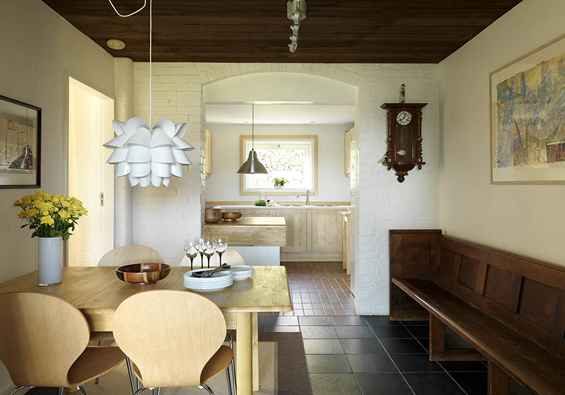

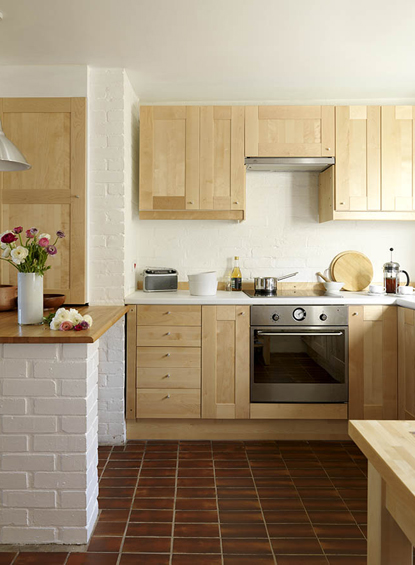
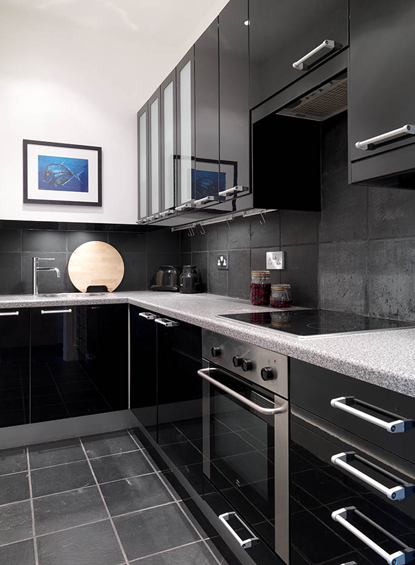
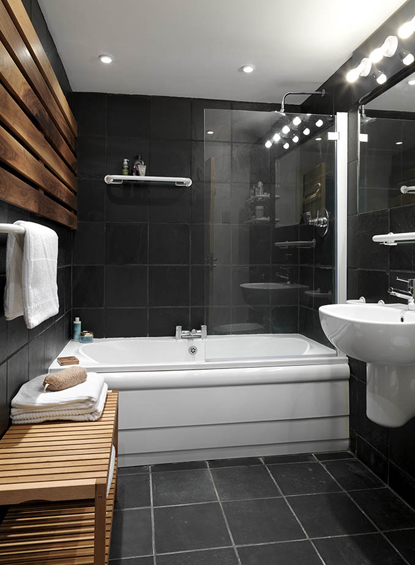
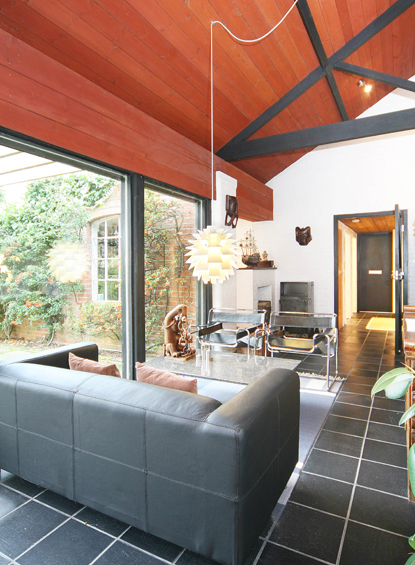
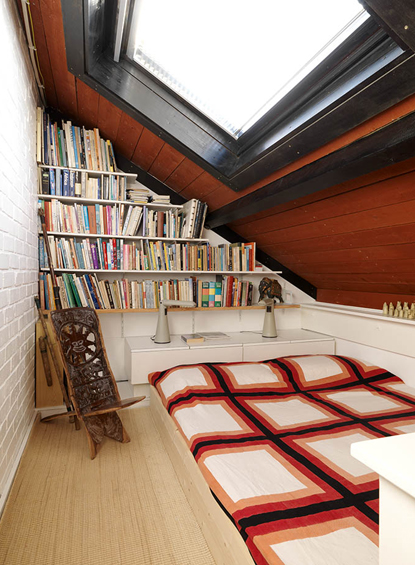
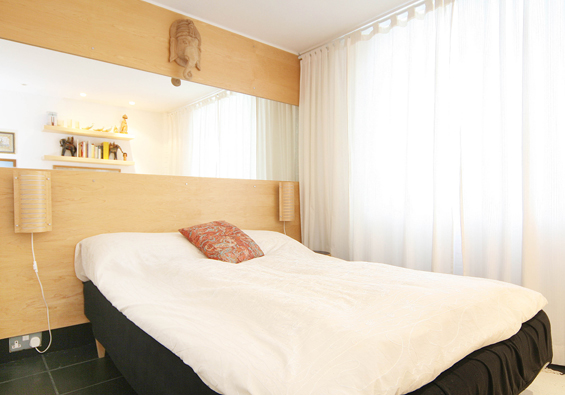
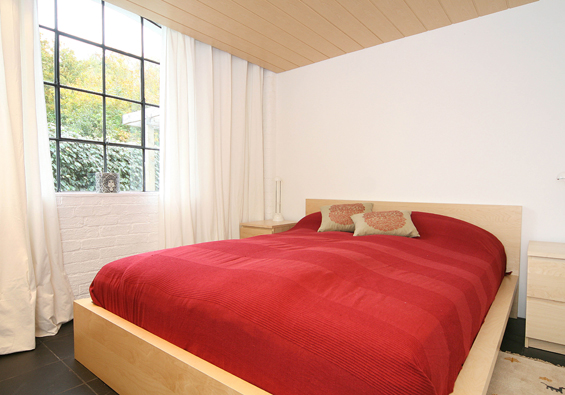
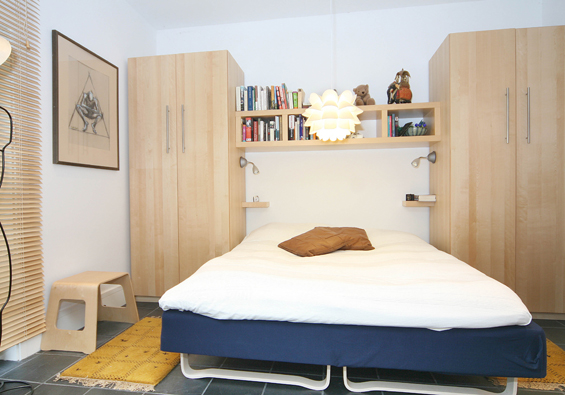
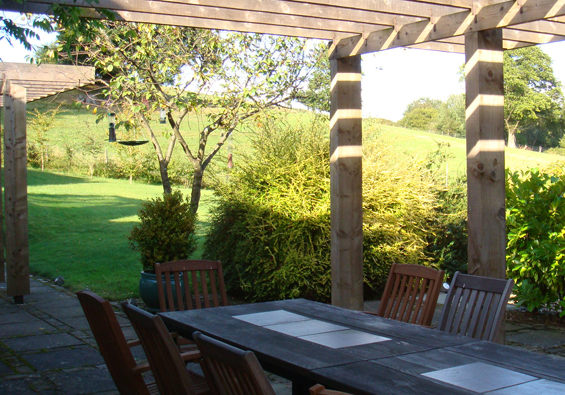
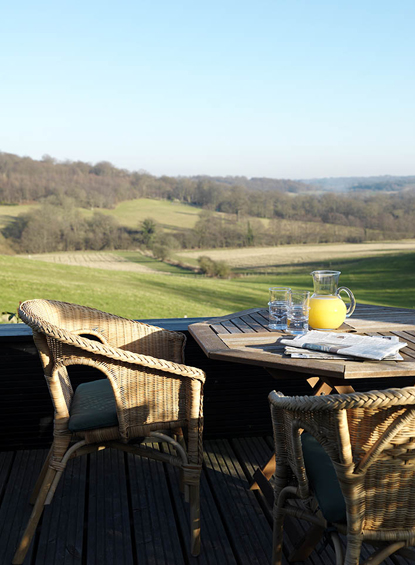
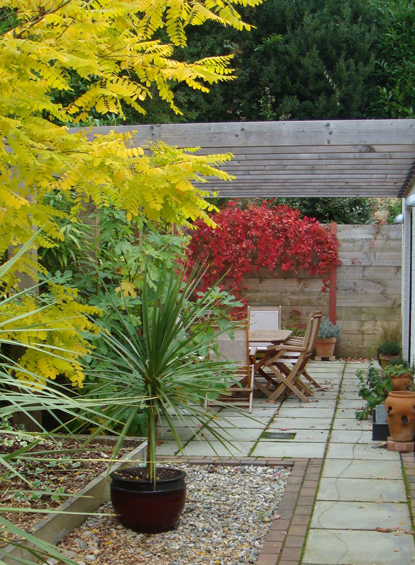
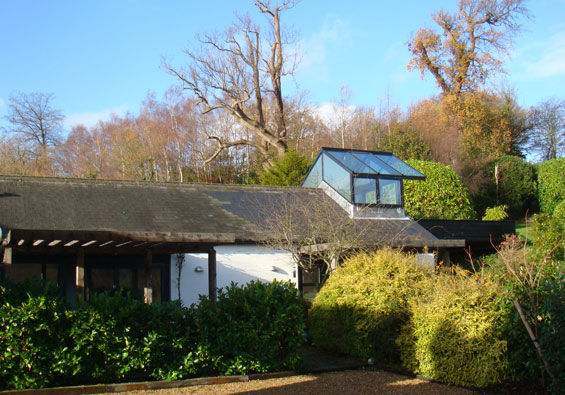
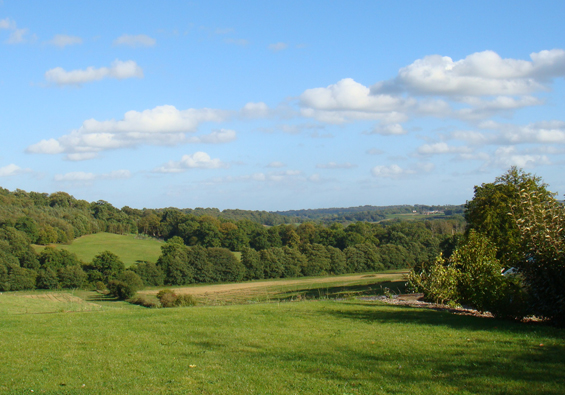
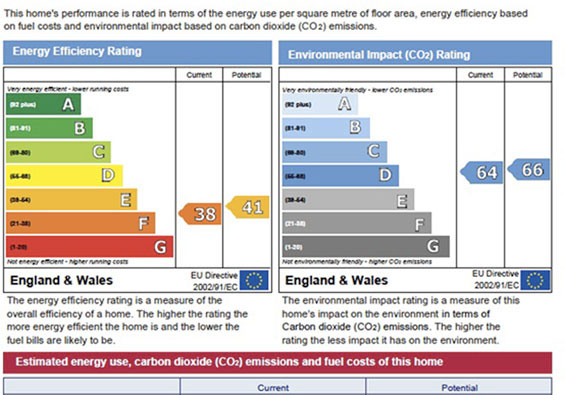
The Carriage House
Nr. Lamberhurst, Kent
Architect: Bob Giles
Register for similar homesSet in landscaped parkland on the estate of a large country house, The Carriage House is a former service building from the turn of the 19th century, cleverly converted in the 1970s by the architect Bob Giles.
Extended by Giles in 2004, The Carriage House is now a substantially-sized home (nearly 3000 sq ft of internal space) with four/five bedrooms, a large reception room, dining room and garden room with magnificent views over open countryside. Incorporating large expanses of glass on one side, the house is generally light and airy. A large garden and raised decked terrace allow plenty of opportunities to enjoy the views and the peace of this secluded spot. In total the plot size of the property is approximately 2/3 acre.
The Carriage House is reached via a long drive through the estate of Bayham Abbey on the Kent / Sussex border. It can be found behind the large country house. The popular town of Lamberhurst is 4 miles away and offers a range of local shops. For further shopping, dining and entertainment opportunities, the larger town of Tunbridge Wells is 6 miles away. There are good links to London by both road and train. The M25 can be reached in 20 minutes via the A21(M). Trains run from nearby Frant station to Charing Cross or Cannon Street in 55 minutes (and as Frant is before Tunbridge Wells on the line into London, it is usually easy to get a seat at peak times). Frant station is approximately ten minutes’ drive from The Carriage House. The postcode for The Carriage House is TN3 8BG.
Please note that there is an annual service charge for all the residents of the Bayham Abbey estate. The current owners have recently paid their 2010 bill, which totaled £604. The property is heated by under-floor heating throughout, fuelled by a new gas condensing boiler.
Please note that all areas, measurements and distances given in these particulars are approximate and rounded. The text, photographs and floor plans are for general guidance only. The Modern House has not tested any services, appliances or specific fittings — prospective purchasers are advised to inspect the property themselves. All fixtures, fittings and furniture not specifically itemised within these particulars are deemed removable by the vendor.




History
Since medieval times, a monastery, Bayham Abbey, existed on a sheltered site by a small river on what is now the Kent / Sussex border. When Henry VIII came to power, he shut the monastery down, allowing the building to fall into ruin.
During the reign of Elizabeth I, a large portion of land surrounding the ruins was given by the Queen to the Viscount Montague. In 1714, he sold the land, approximately 8 square miles in total, to John Pratt, a prominent politician who eventually took the title the Marquis of Camden.
In 1799, the second Marquis of Camden decided to turn what was largely arable land with a handful of small houses into a more formal estate. He hired the biggest name in the business, the landscape designer Humphry Repton, to draw up a report outlining suggestions of how he should go about it. Repton is known to have paid two visits to the site, the second fifteen years later in 1814. Repton’s principal ideas relating to the estate were, firstly, to set a large house in the position where one currently stands (allowing views of the ruined abbey) and, secondly, to insert a large lake into the landscape. The overall effect was to be, according to Repton, “a scene of Sylvan sublimity which can neither be described by words or painting”. Although Repton’s recommendations were never fully carried through, they were to a large extent. There are, for instance, a number of cleared ‘drives’ that bear the hallmarks of Repton’s designs.
The house that was eventually built on the estate was completed in 1872 to the designs of the architect David Brandon. An impressive structure in the ‘Jacobethan’ style, it is clearly visible when one turns off the road towards The Carriage House. A century later, in 1976, the decision was made to sell the estate and it was purchased as a whole by the property company Rocoavon Ltd, which promptly divided it up into approximately 20 saleable lots. The Carriage House was one such lot, purchased in 1977 by the current owners.
Faced with a bare building, but one with an entire open façade offering wonderful views, the architect Bob Giles started the process of creating a home. Giles is an architect with essentially Modernist principles (Alvar Aalto, in particular, is an important inspiration), so he attempted to maximize the space and light within the building, whilst keeping it free from unnecessary clutter. He was also not afraid to keep the original, pragmatic structure exposed. By adding slate floors and large panes of glass, amongst other features, he transformed the former carriage house into a contemporary residence.
In 2004, Giles extended the house, along much the same lines as his original conversion. Perhaps the most notable feature of the extension is the addition of a large terrace and sun room.



